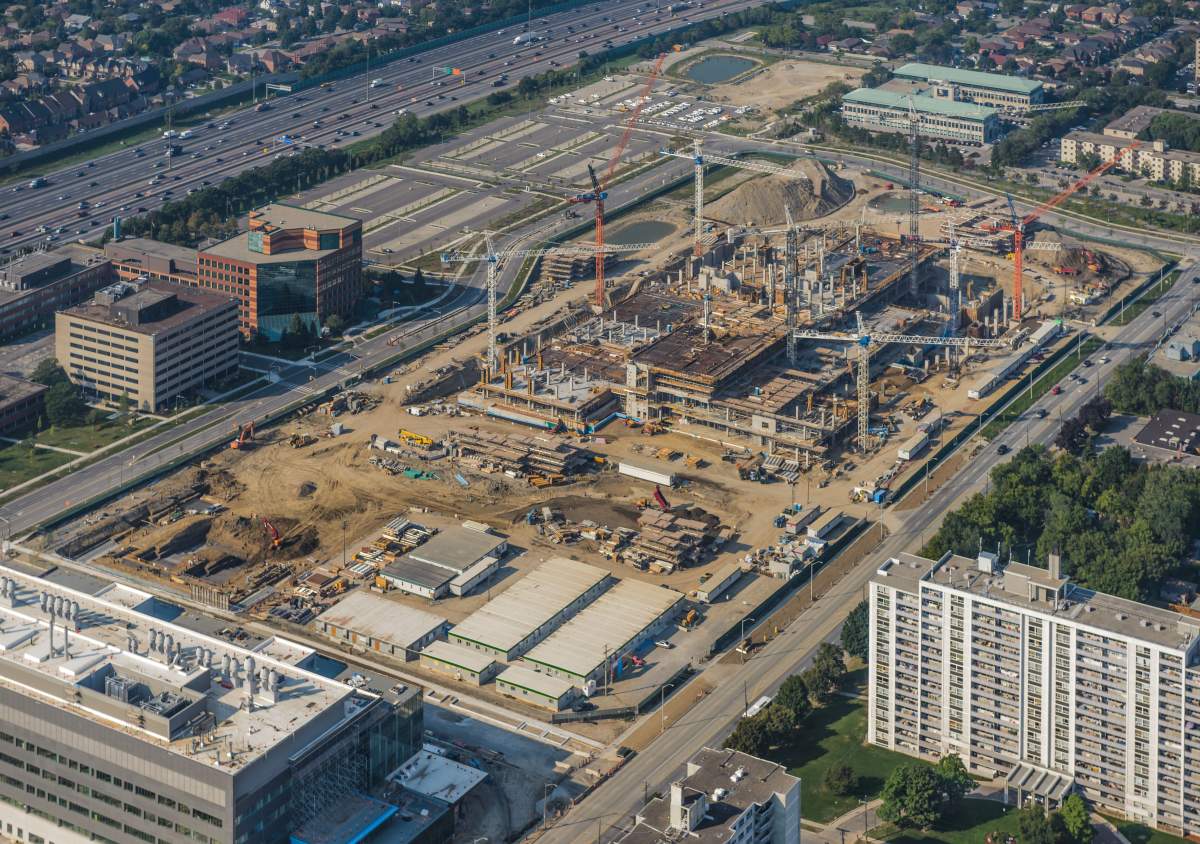Concern over the spread of the novel coronavirus has conjured up memories for many front-line medical workers in Canada, particularly those in the Greater Toronto Area.

When severe acute respiratory syndrome (SARS), a different coronavirus, reached epidemic proportions in the early 2000s, Barbara Collins had already been a nurse for more than 30 years. She is now the chief executive officer of Humber River Hospital in North York.
READ MORE: 5 things more likely to kill you in Canada than coronavirus
“I was one of the vice-presidents of patient care, and I remember receiving a phone call (at) about 4 o’clock in the morning from our chief nurse, who said: ‘I just received word that the hospital’s been closed down,'” Collins recalled.
SARS infected more than 8,000 people worldwide and killed around 800. In Canada, 44 people lost their lives to the illness.
Between 2002 and 2003, officials worked tirelessly to combat what was then a sickness shrouded in mystery.
On Dec. 2, 2011, construction crews broke ground on Humber River Hospital, transforming the large plot of land at Keele Street and Wilson Avenue into a modern medical facility.
The National Advisory Committee on SARS and Public Health stated in its October 2003 report that outside of Asia, Canada was hardest hit by the deadly virus. Its impact on Ontario was so significant that a provincial emergency was declared.

Get weekly health news
Deaths from the novel coronavirus have risen to nearly 500, mostly in China, and new cases have soared to more than 24,000 worldwide.
As of Tuesday evening, there were five cases of the virus in Canada: three confirmed cases in Ontario and two in British Columbia, one of which is confirmed while the other is presumptive pending test results.
READ MORE: B.C. confirms second case of novel coronavirus in resident with family visiting from Wuhan
“If there was a need for quarantine, we’d probably have the largest number of rooms to quarantine in because we had the opportunity to build with that in mind,” Collins said.
The ambulance garage at Humber River Hospital is equipped not only for considerable storage but also for mass decontamination. A smaller room beside it contains a separate shower area and close by is an entrance to the emergency department.
READ MORE: Canadians prepare for evacuation from China amid coronavirus concerns: ‘It’ll be nice to go home’
There are over 80 rooms that can be converted into negative pressure rooms. Thirty-six of them are in the emergency department.
According to the London Health Sciences Centre’s website, negative pressure rooms have a ventilation system that “generates negative pressure to allow air to flow into the isolation room but not escape” from it.
The emergency department at Humber River Hospital sees around 400 patients a day, Collins said. At times, that number has risen to beyond 500.
Front-line workers have access to personal protective equipment and protective masks. Staff are fit annually, and N95 masks that seal securely around the face are used.









Comments